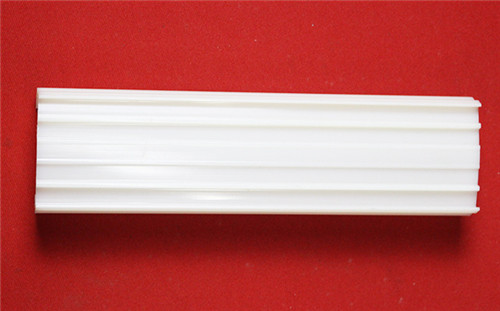
Phone Number :
10 12, 2023

In the field of engineering, evaluating the strength of different structural elements is crucial for designing and constructing robust structures. One key consideration is the choice between C-shaped tubes and rectangular tubes. This article aims to analyze and compare the strength characteristics of these two tube shapes in various applications.
C-shaped tubes, also known as C-channels or C-sections, are widely used in various industries due to their versatility. These tubes feature a C-shaped cross-section with a flat base and two perpendicular flanges extending from either side. The flanges add strength to the structure while the open side of the C can be used for attaching other elements.
When it comes to strength, C-shaped tubes exhibit remarkable load-bearing capacity. The curved shape of the tube provides enhanced resistance against bending forces, making them suitable for applications where structural stability is crucial. The flanges also distribute the load evenly, minimizing the chances of localized stress concentrations.
Rectangular tubes have a rectangular cross-section with straight sides and sharp corners. Due to their defined shape, rectangular tubes are widely preferred in many structural applications. They offer excellent torsional rigidity and high resistance to bending moments.
Rectangular tubes provide superior strength due to their wider profile compared to C-shaped tubes. The larger surface area allows for better load distribution, thereby reducing stress concentrations. This makes rectangular tubes ideal for applications requiring high strength and stiffness, such as in the construction of bridges and buildings.
When directly comparing the strength of C-shaped tubes and rectangular tubes, it is essential to consider the specific application requirements. While C-shaped tubes excel in resisting bending forces, rectangular tubes offer superior strength against torsion and bending moments.
In situations where both bending and torsional loads are present, a hybrid design utilizing both tube shapes can be considered. This allows for optimized load distribution and enhances the overall strength and stability of the structure.
Choosing the appropriate tube shape is crucial for ensuring structural integrity and strength in engineering applications. While C-shaped tubes offer excellent resistance against bending forces, rectangular tubes provide superior strength against torsional and bending moments. Selecting the ideal tube shape ultimately depends on the specific application requirements and the type of loads the structure will experience. An informed decision based on comprehensive analysis and evaluation will result in optimal design outcomes.